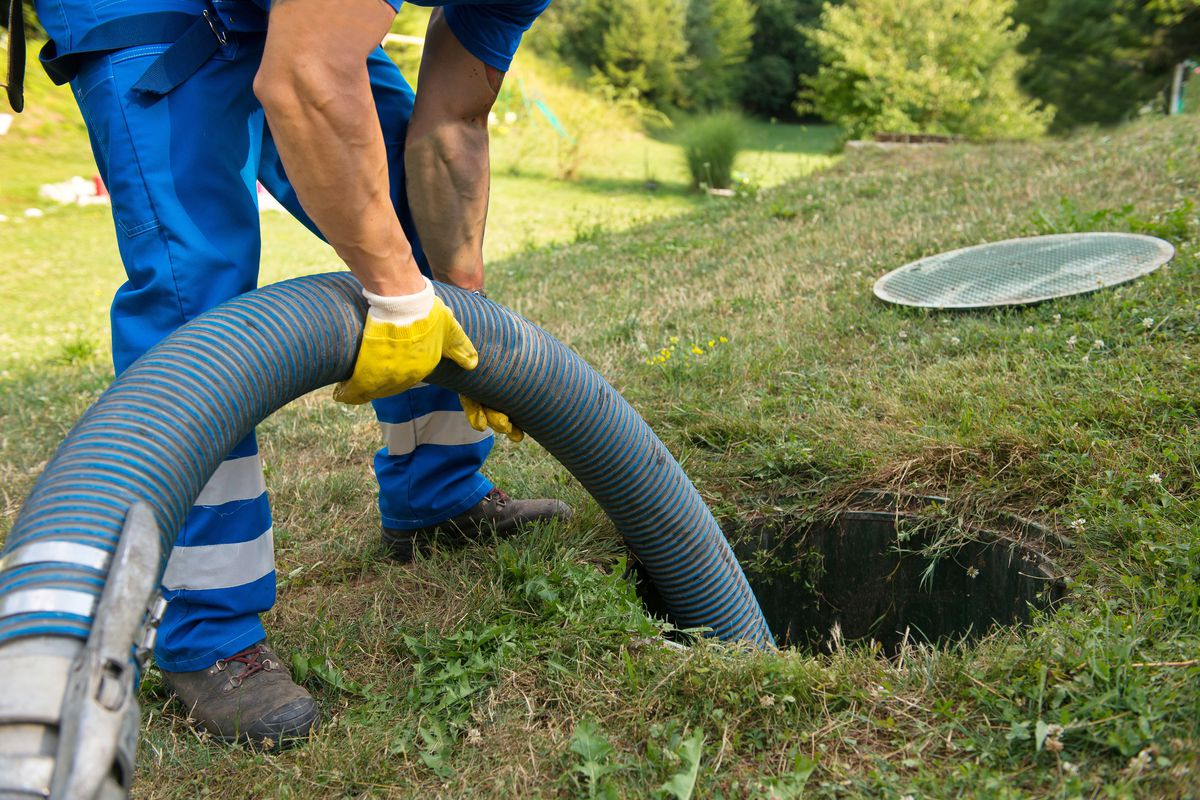Functional sewer lines are essential for modern plumbing systems to function properly. Sewer lines are the pipelines that travel from the drains in your home to the main sewer drain in your area. They are the main pipelines that allow wastewater to flow away from your home and into the sewer in your city. To put it simply, sewer lines are responsible for removing all of the sewage from your home. Without functional sewer lines, sewage from your home would not automatically disappear as it does now when you flush your toilet or rinse something down your sink drain, therefore sewer line repairs may be necessary.
Sometimes, sewer lines malfunction. A sewer line might spring a leak or become clogged. A clogged or leaking sewer line can prevent wastewater from successfully flowing from your home to your city’s sewer and can cause hazardous flooding in and around your home.

sewer line repairs may be necessary
If you suspect a damaged sewer line near your home, it is important to call a professional plumber as soon as possible. Receiving prompt reports of a damaged sewer line can help your plumber arrange the necessary sewer line repairs sooner rather than later, and catching the problem early can make these repairs less complex and costly than they would be if they were not discovered until later.
If you are located in or around Riverside, CA, keep reading to learn everything you need to know about the most common causes and signs of sewer line damage and what to expect from these repairs in your area.
What Causes Sewer Line Damage?
There are many different causes of sewer line damage. Because sewer lines run underground, tree roots can run into sewer lines and cause them to leak or clog. Drastic temperature changes can also cause sewer lines to crack and leak.
Flushing non-flushable items or pouring grease or oil down your drains can also cause the sewer line that connects to the drains in your home to clog. Sometimes, sewer line clogs are simply due to normal wear and tear that happens naturally—dirt and debris can build up in your sewer line over time and cause the line to clog.
Signs of Sewer Line Damage
It is important to get a damaged sewer line repaired as soon as possible, and there are certain signs of sewer line damage that you should watch out for in order to get these necessary repairs started promptly.
A clogged toilet or a toilet that flushes slowly or seems to be reluctant to flush is a common sign of sewer line damage. Backed-up drains represent another sign of sewer line damage.
Other telltale signs of sewer line damage include a bad, sewage-like smell in or around your home or signs of water damage—such as mold growth or dark circles on the walls or ceiling in your home.
What to Expect
Repairs to these lines vary significantly depending on the type and extent of the damage to the sewer line. When you hire a professional plumber to repair your sewer line, the plumber will need to assess the damage in order to diagnose the problem at hand. Your plumber will then advise you on the repairs that need to be performed in order to get your sewer line and home plumbing system back up and running.
There are a few things about sewer repairs that are important to note. First off, it is important to avoid flushing your toilets or putting anything down your drains while repairs are in process. It is also important to remember that sewer line repairs can be very noisy, so you might want to plan to be away from home while these repairs are in progress—especially if you work or study from home.
Also, because the lateral sewer lines that come from your home plumbing system are connected to the city’s sewer, you might need an official permit from your city in order to have sewer line repairs performed. Contact city officials in your area to determine whether or not you need to secure a permit before your plumber begins repairs on your damaged sewer line. You might also need signed permission from your neighbors to begin sewer line repairs if the sewer line that is in need of repair runs underneath your neighbors’ properties.


